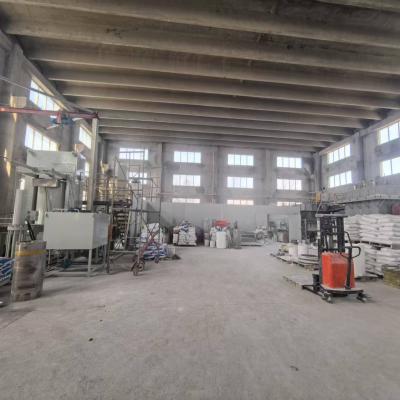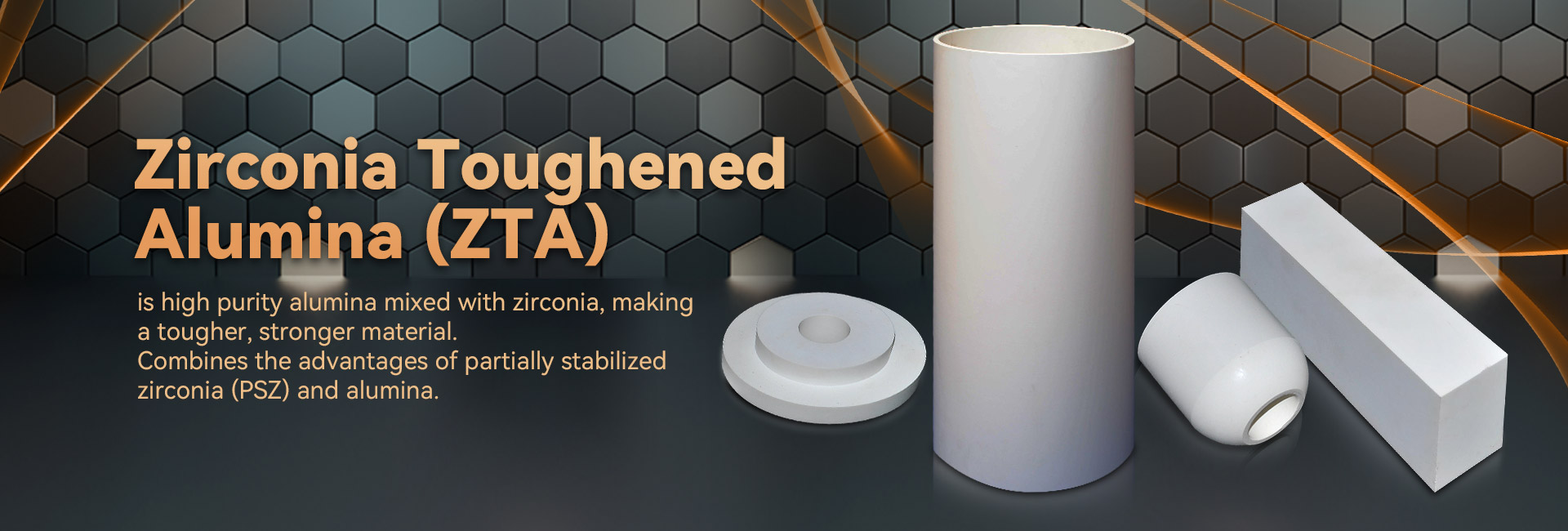
Scientific material showcase superior chemical peculiarities, establishing them perfect for a diverse spectrum of uses. Flowing from aeronautical and motor industry to electrical apparatus, these elements are incessantly enhancing to accommodate the preconditions industrial ceramic of a current market.
- Their toughness and resistance to critical climates make them pivotal for leading machinery.
- In addition, technical ceramics offer benefits in terms of durability, enhancing the development of advanced solutions.
Crafting Composites: Created for Exceptional Performance
Created ceramics dominate in taxing uses due to their unique elements. Engineered from specially chosen raw elements and passed through stringent processing practices, these progressive materials display peerless strength, corrosion resistance, and endurance to tough heat, deterioration, and grinding. From astronautics pieces to shaping tools, industrial ceramics present unparalleled operation across broad markets. Their versatility allows withstanding stringent settings, affirming longevity and soundness. As modernization progresses, the market for quality resources grows, cementing the essential role of industrial ceramics in shaping a advanced tomorrow.
Pioneering Ceramics: Transcending Element Margins
Elements, showing remarkable toughness and longevity, are undergoing a transformation. Sophisticated ceramics, created with diligent control over their blend and fine structure, overcoming the barriers of the sum of feasible. These composites showcase a extensive assortment of essentials, appointing them ideal for rigorous sectors such as flight, medical domain, and electricity. From lightweight parts that survive extreme climatic environments to compatible with living tissue implants that merge effortlessly with the anatomy, advanced ceramics are redefining our world.
Careful Ceramic Fabrication: Meeting Critical Demands
High-tech ceramic fabrication has grown considerably in recent periods, facilitating the design of intricate and highly functional ceramic units. These items are indispensable across a comprehensive range of arenas, including space, health, and digital domains. Fulfilling the stringent specifications for these uses calls for careful fabrication strategies that confirm dimensional exactness, surface finish, and material traits. Advanced ceramic fabrication processes utilize different methods, including slip casting, injection molding, and additive manufacturing. These approaches permit the production of fine designs and detailed components with unparalleled steadiness. In addition, advances in material studies have led to new ceramic compounds endowed with superior traits. These compounds display increased longevity, sturdiness, and tolerance to demanding thermal conditions, enabling their use in rigorous sectors.
The potential for precise ceramic fabrication are great. As research and improvement make headway, we can await even more sophisticated strategies and ceramics that will besides increase the confines of what is within reach in this domain.
Robust Ceramic Forms for Harsh Environments
Engineered ceramic substances show extraordinary durability and stamina against harsh conditions, making them well suited for critical applications in space territories. These sophisticated ceramics can withstand extreme temperature loads, repel decay, and hold their functionality under high kinetic loads. Their exceptional microstructural essentials permit dependable effectiveness in harsh situations, including thermal reactors, jet engines, and reactor cores.
- Hybrid ceramic mixtures
- Thermal stability
- Lightweight design
Advanced Composites: Combining Resistance and Performance
Combined ceramics furnish a potent mix of mechanical robustness and distinct unique features. Through the merging of ceramic components within a scaffold, these alloys achieve excellent capabilities. This combination results in heightened tolerance against high warmth, wearing, and chemical degradation, rendering them effective for demanding functions in astronautics, automotive, and energy markets. Furthermore, ceramic composites can be customized to possess unique properties like electrical conductivity or biocompatibility, widening their usage across diverse domains.
Internal Control in Advanced Ceramics
Realizing aimed-for properties in state-of-the-art ceramics usually calls for precise supervision over their granularity. Various production factors, including sintering heat magnitude, time, and atmosphere, alongside the embedding of dopants or auxiliary phases, considerably affect the disposition of crystals, absorption, and other microstructural aspects. Precise adjustment of these variables allows for the growth of toughness, rupture tolerance, and thermokinetic conductivity. Namely, augmenting the sintering heat magnitude can advance grain development, thus increasing mass concentration and improving mechanical durability. Conversely, controlling the firing atmosphere may shift the oxidation degree of the ceramic, thereby influencing its electrical current flow or magnetic specs. Appreciating these relationships between microstructure and properties is key for constructing advanced ceramics with bespoke features suitable for numerous positions.
Scratching-Resistant Ceramics: Elevating Strength
Amid stringent commercial markets, where elements are subjected to constant wear and degradation, materials with notable endurance are essentially required. Wear-resistant ceramics have materialized as a principal response, affording unparalleled robustness and efficiency in broad markets such as fabrication, mining, and aerospace. These leading forms possess a distinctive grain layout that improves their capacity to defy damage. By harnessing the essential fortitude and compression of ceramic materials, engineers can fashion strong items capable of withstanding the most severe operating circumstances.
Therapeutic Products: Uses in Medical Science
Living tissue-compatible ceramics have revolutionized the therapeutic realm, presenting an array of supportive peculiarities for multiple roles. These composites are non-reactive within the physiology, minimizing allergic responses and supporting repair. A prime role for biocompatible ceramics is in orthopedic implants, where their rigidity sustains long-lasting reinforcement to damaged muscle.
Moreover, they are utilized in oral care, presenting a sturdy and beautiful solution for prosthetic teeth. Ceramics also possess a key role in therapeutics, granting the focused dispensary of drugs to specific places within the physiology.
- Additionally, biocompatible ceramics are repeatedly being researched for biological scaffolding, serving as a structure for restoration.
- Hence, the possibility of biocompatible ceramics in therapeutics looks promising, with continual investigations expanding their potential.
Intelligent Ceramic Sensors: Empowering Trustworthy Readings
Smart ceramic detectors have manifested as key parts across a multifaceted array of arenas. These sensors use the incomparable essentials of ceramic types to deliver highly valid quantifications. Their sturdiness in {demanding|harsh| 